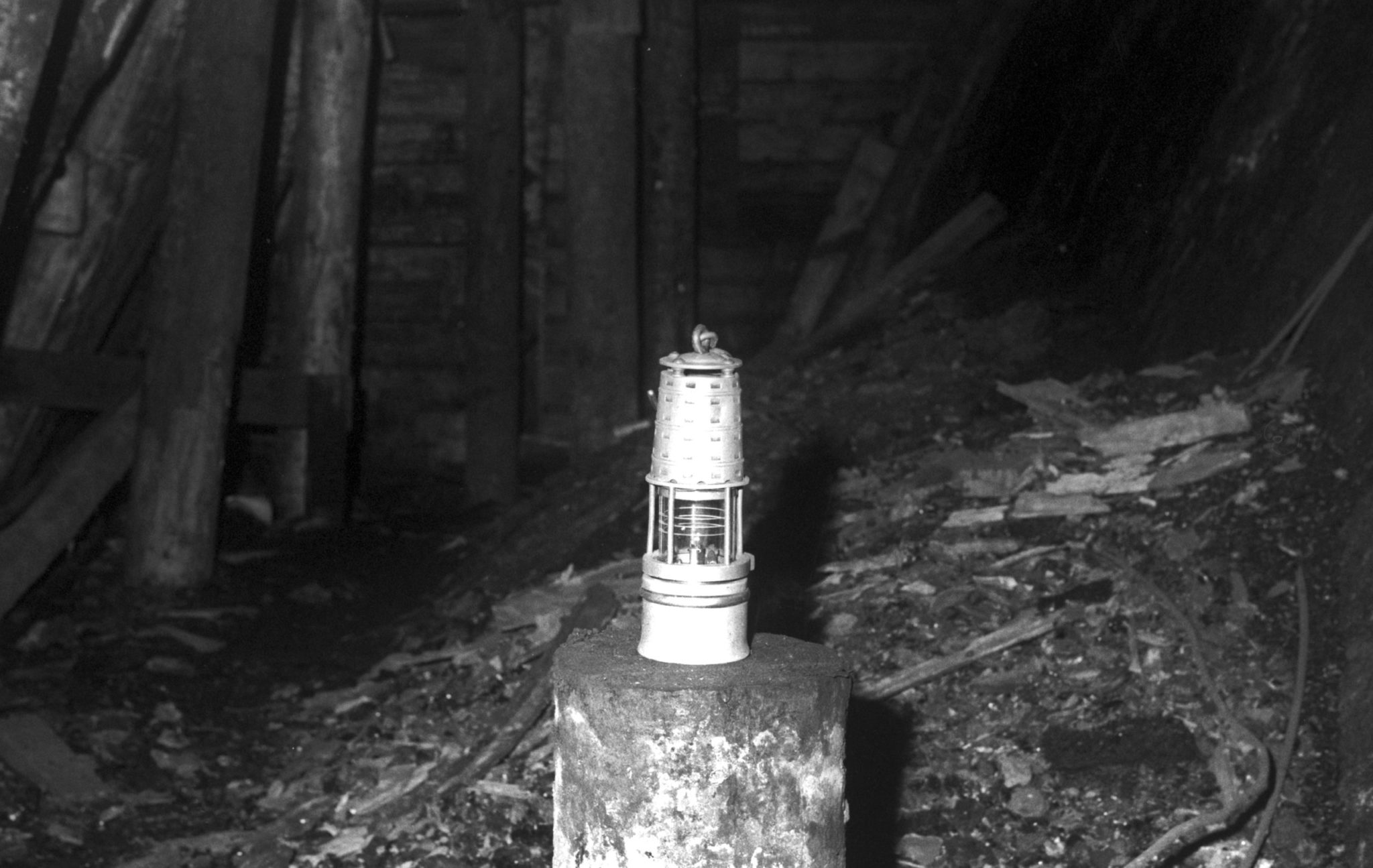One of the great dangers of underground coal mining is the explosive power of methane gas and coal dust. Methane is commonly released from coal formations during mining. Historically methane gas explosions have been responsible for hundreds of coal mine catastrophes. Last week’s column detailed how gassy conditions at the Blue Canyon mine near Bellingham led to the deaths of 23 miners.
The Upper Big Branch mine disaster of 2010 in West Virginia claimed 29 lives and became one of more tragic in recent memory. The worst calamity in U.S. history occurred in 1907 when 362 coal miners perished in Monongah, West Virginia when a spark from electric wires ignited a deadly collection of gas and coal dust. The largest in Washington state history occurred on May 10, 1892 when 45 miners died at Roslyn’s #1 mine. Early efforts to detect methane gas involved the use of canaries in coal mines. The normally songful canary would stop singing and give workers advance warning to exit the mine quickly.
The first mechanical gas detector was a safety lamp invented by Sir Humphry Day of England. A small flame within a fine-mesh fabric in a glass sleeve detects methane gas without allowing flames to escape and ignite explosive gases. The flame’s height indicates the presence or absence of methane. The device could also measure “black damp” conditions where low oxygen levels caused the flame to be extinguished. This photo of a typical methane detector at the Rogers No. 3 mine in Ravensdale was taken by Barry Kombol on April 22, 1975. He is now a Black Diamond attorney.







